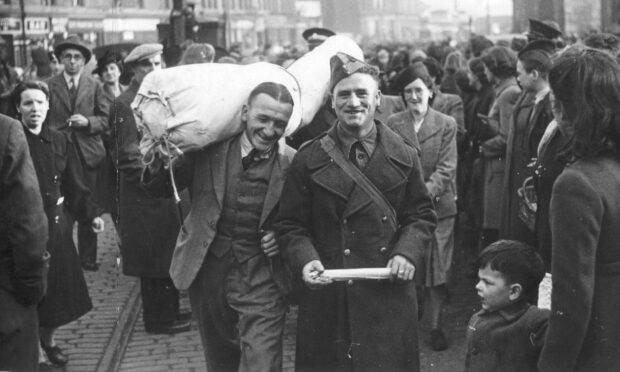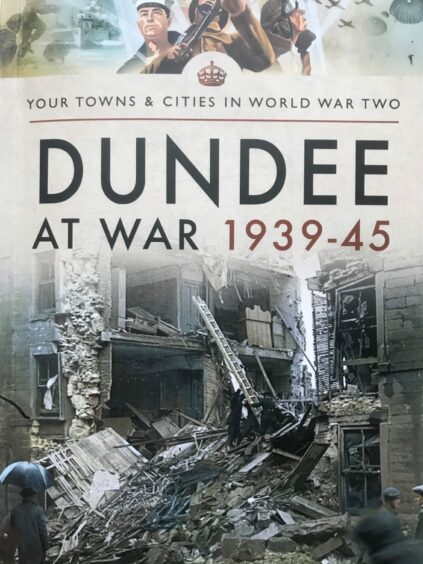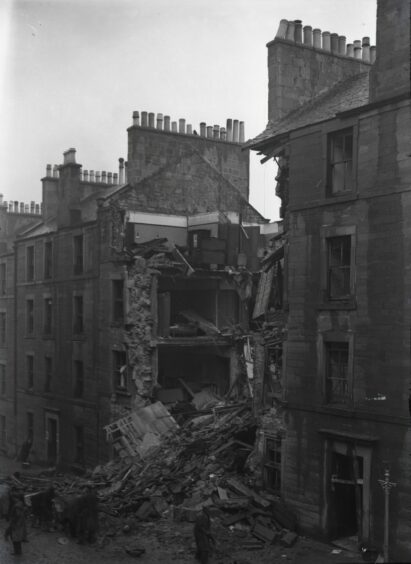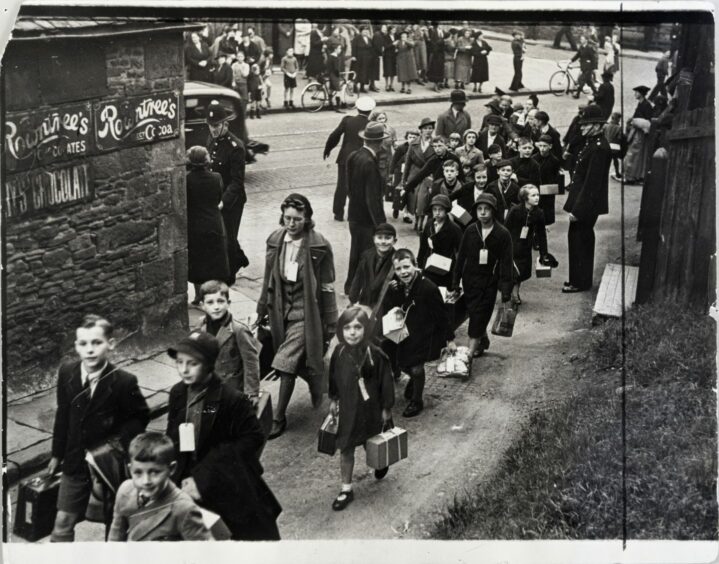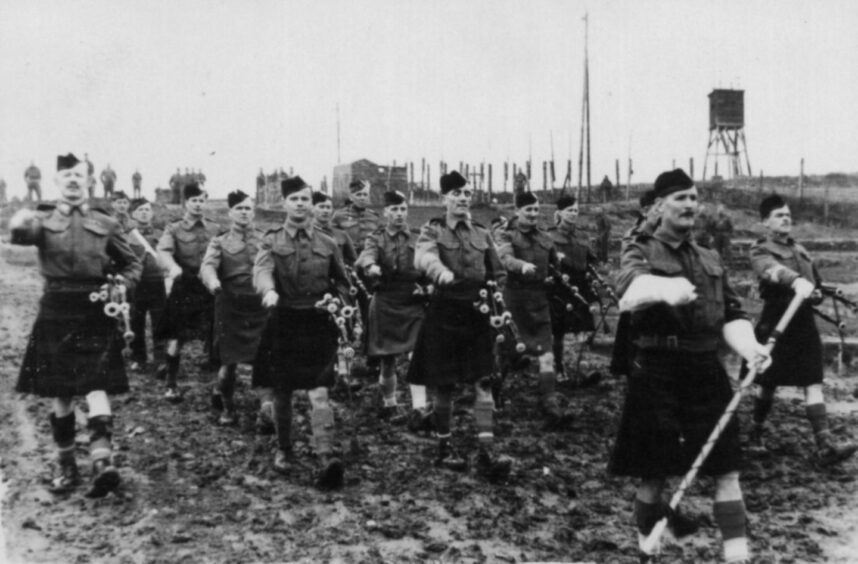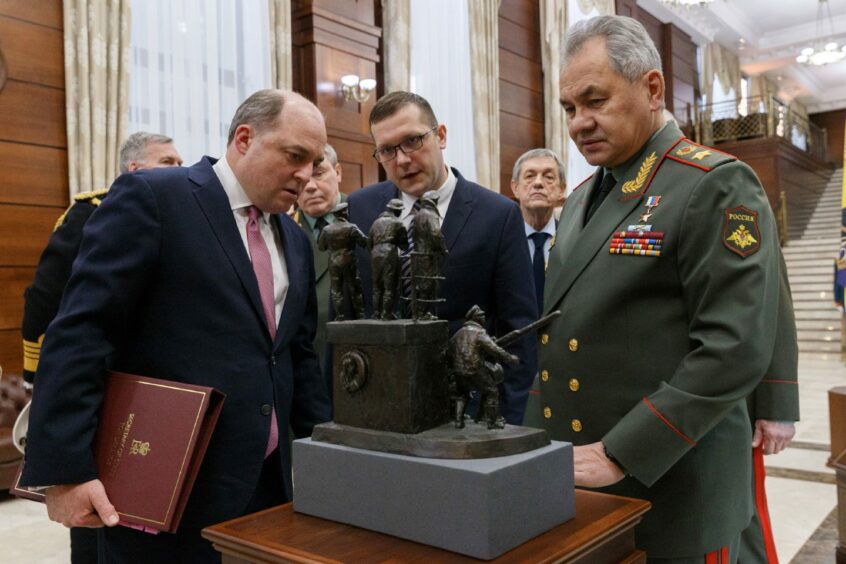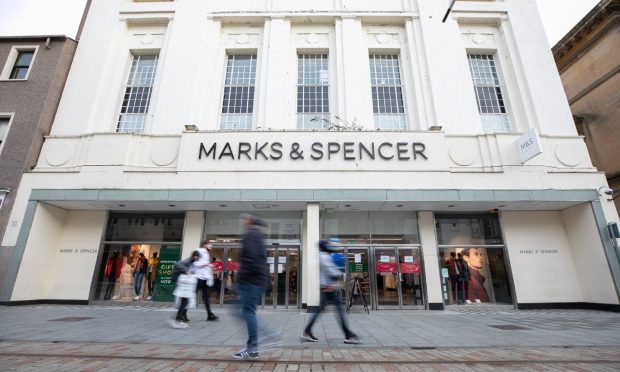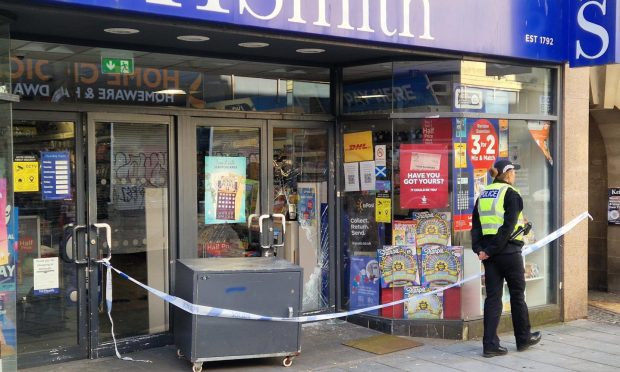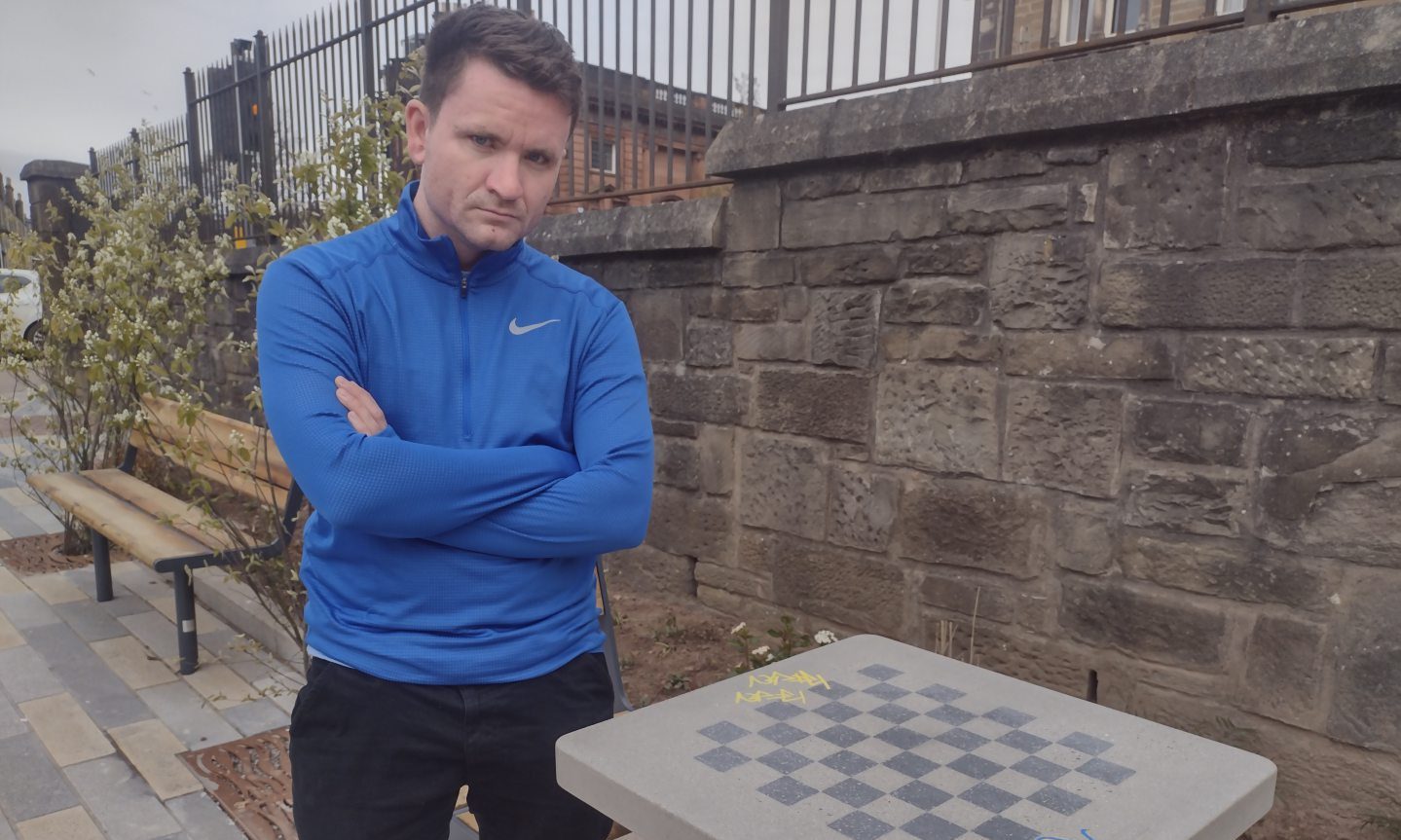War stories were part of life when historian Dr Craig Armstrong was growing up in the North East of England during the 1970s and ‘80s.
He learned how his home town of Tynemouth was the most bombed burgh in Britain during the Second World War per head of population.
It was targeted by the Germans because of its shipbuilding, oil facilities, engineering works and trawler fleet.
Tragedies etched in local folklore include the night a single air raid shelter was hit and over 100 people killed.
Grandfathers’ stories
However, he was also fascinated by the first-hand accounts of war told to him by his grandfathers.
One was a trawler skipper who became the skipper of three anti-submarine warfare trawlers. The other was a firefighter in North Shields.
Craig studied history and English literature at Northumbria University in Newcastle.
After several “mind numbingly boring” jobs, he went back to do a PhD in history at Northumbria University in 2004.
His thesis, appropriately, was on Tyneside during the Second World War. He taught for 15 years at Newcastle University.
It was his growing interest in private consultancy work and writing, however, that led him to where he is now as “more or less a full time writer”.
With a special interest in the history of North East England and Scotland, he intended to write “quite a broad history” of Scotland during the Second World War.
He wanted there to be a particular focus on the “story of the ordinary people”. As he progressed, though, he decided to focus on particular communities.
Dundee at War book
The result is his latest Pen & Sword military book called Dundee at War: 1939-45.
“One thing that really interested me coming from an industrial area myself was always how the war impacted particular industries,” says Craig in an interview with The Courier.
“Dundee like a lot of industrial areas during the 1930s and the Depression had suffered quite badly.
“The jute industry was very important to Dundee during the period. That got a real lift at the start of the war due to the demand for sand bagging materials. But of course it didn’t last.”
Industry and the war
Craig, who is “half-Scottish”, discovered that in Dundee, like most other cities in Scotland and Northern England, industries adapted to the war effort.
Cabinet makers, for example, started making parts for aircraft – especially after the wooden Mosquito came into service.
He was also intrigued to learn about the role of shipbuilding in Dundee “that people don’t really think about”.
While the shipbuilding focus is often on the Tyne and Clyde, Dundee’s Caledon yard had a “phenomenal output” during the war – mainly of smaller naval vessels. It was also crucially important for repairing damaged boats.
The yard refitted two Polish submarines at the beginning of the war and constructed a number of Castle and Loch Class frigates, as well as a number of merchant vessels.
Dundee itself was ‘only’ bombed on 24 occasions during the war, despite its strategic importance.
The city became home to a major Royal Navy submarine base, HMS Ambrose.
Sailors frequented the area from not only Britain and the Empire, but also from Norway and France.
Inevitably, with many Dundonians serving in the armed forces, it suffered many casualties.
However, there were also decorations for bravery including Wing Commander Gordon Hugh Malcolm who received the first RAF VC awarded for action in North Africa.
Fascination with Churchill
“One of the other things that interested me was that Dundee had this very kind of ambivalent attitude with Winston Churchill,” says Craig.
“Obviously Churchill having been an MP for Dundee form 1908 to 1922 – it seems to have grated really badly with Churchill when he was voted out of Dundee.
“At first the people of Dundee thought this disagreement they’d had with Churchill meant they wouldn’t be bombed. But obviously that was proven false.
“It fascinated me because during the middle part of the war especially, Churchill is seen as the saviour and as a kind of hero – even amongst people from before the war who didn’t like him.
“The ambivalent attitude in Dundee continues. In 1943 they decide to offer Churchill the Freedom of the City.
“But the vote in the council is only won by one vote. When they offer it to Churchill he turns it down immediately, and not very politely!”
Signs of war
Having suffered such terrible losses during the First World War, Craig says the attitude of most Dundonians in 1939, like people across the country, was that war was inevitable. However, they also feared it was going to be terrible.
One of the first real signs of war coming to Dundee was when the city’s evacuation plan was initiated on September 1, 1939.
On this first day, some 8,800 children and mothers were removed from home to a number of locations in Angus and the Mearns.
Evacuees from the more outlying schools were ferried to Union Street by trams and buses and from there they marched in an orderly fashion to the Tay Bridge and East Stations.
“Dundee in the First World War had a fine record of military service, and there were still a lot of Dundonians in the forces in the 1930s,” he says.
“You have the loss of the 51st Division in France in 1940 and there’s a lot of Dundonians taken prisoner, killed, and for quite a long time a lot of families just don’t know what’s happened to their relatives.
“You see a massive amount of Dundonians joining especially the RAF mainly because the RAF was the most glamorous service. Flying still held a certain glamour during the period.
“But also because the RAF for quite a large portion of the war was basically very nearly the only group that was in contact on a day to day basis with the Germans.
“You see a tremendous amount of Dundonians, for example, joining Bomber Command and losing their lives.”
Newspaper archives ‘invaluable’
Many stories were unearthed as his research progressed. Many pictures in the book are also from the archives of The Courier.
Craig says newspaper archives have been “hugely valuable” for all the books he’s written.
“As a trained academic historian, I’m used to working in archives,” he says: “but what you tend to find in archives is they describe over-arching events and policies, whereas the newspaper archives are brilliant because they describe it from a community level.
“If you are looking to write a book like I was about the people of Dundee which was approachable for everyone, the newspaper resources are absolutely brilliant. I can’t praise them enough. They are vital.”
Parallels with Ukraine?
With eyes currently focused on tensions between Russia and the West over Ukraine, Craig acknowledges the commonly used phrase “history repeats itself”.
While reality is that history is never identical, he agrees there are certain lines that can be drawn along historic faults.
“One of the joys of studying history is it does give you an insight into current events,” he says.
“The situation in the Ukraine is quite fascinating because in many ways there are parallels with the late 1930s.
“There tends to be a viewpoint in this country – especially with us being an island nation – that events are perhaps far away.
“Certainly in the 1930s there was the whole thing about not going to war over Czechoslovakia because it was a far away country of which we knew nothing, which was completely untrue.
“But it was a propaganda line by the government at the time.
“I don’t think you can draw direct parallels between Putin and Hitler.
“But I think you can look at how diplomacy can be improved, because I think the diplomacy we’re trying at the moment is just shockingly poor.
“In the late 1930s we had Neville Chamberlain in charge who was desperate to appease Hitler because he was under pressure himself.
“In the current day we have Boris Johnson who is obviously under pressure himself and seems to be taking the opposite view and not wanting to appease Putin and wanting to appear tough on the world stage, most likely to bolster his own ratings in this country.
“The reality is lessons don’t get learned by politicians and that’s the sad thing.”
*Dundee At War: 1939-45 by Craig Armstrong is published by Pen & Sword, priced £14.99.
Ukraine crisis: Russia deserves ‘understanding and respect’, says Moscow Caledonian Club president
